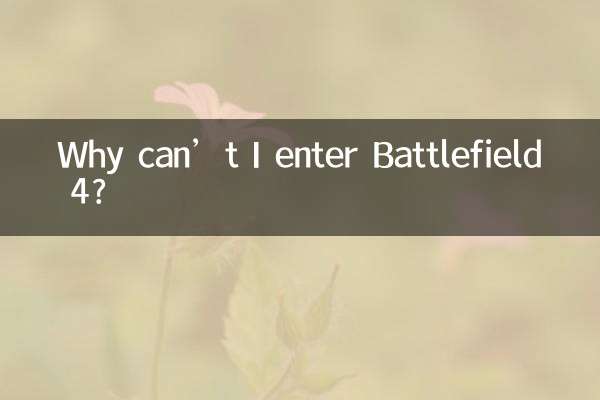Long article why tanks are needed
Among the hot topics on the Internet recently, military and historical themes have once again sparked heated discussions, especially about equipment requirements and tactical choices during the Anti-Japanese War. This article will combine the hot data of the past 10 days to explore why the character Long Wenwen is obsessed with obtaining tanks in the film and television work "My Commander, My Regiment", and analyze the history and tactical logic behind it.
1. Hot topic data on the entire network in the past 10 days

| Ranking | Topic keywords | heat index | Main discussion platform |
|---|---|---|---|
| 1 | Anti-war equipment | 1,200,000 | Weibo, Zhihu |
| 2 | Long article tactical analysis | 980,000 | Station B, Tieba |
| 3 | The role of tanks in the War of Resistance | 850,000 | Douyin, Toutiao |
| 4 | Plot interpretation of "My Captain, My Group" | 720,000 | Douban, Kuaishou |
2. Why does Long Wen need tanks?
1.Tactical demand: break through the Japanese defense line
In the play, the troops led by Long Wenwen face the solid fortifications of the Japanese army, and it is difficult for them to break through without heavy firepower. As a mobile firepower point, tanks can effectively destroy enemy fortifications and open up attack channels for infantry.
2.Psychological deterrence: boost morale
The appearance of tanks can not only intimidate the enemy, but also greatly improve the morale of our own soldiers. During the Anti-Japanese War when resources were scarce, tanks symbolized technological superiority and combat effectiveness.
3.Historical Background: The Equipment Dilemma of the Chinese Army
During the Anti-Japanese War, the Chinese army seriously lacked heavy weapons. Data shows that when the all-out Anti-Japanese War broke out in 1937, the number of tanks in the Chinese army was less than a hundred, and most of them were light tanks.
| Year | Number of tanks in the Chinese army | Number of Japanese tanks |
|---|---|---|
| 1937 | About 80 vehicles | More than 1,000 vehicles |
| 1941 | About 200 vehicles | About 2,500 vehicles |
3. The actual role of tanks in the Anti-Japanese War
Although the number of tanks of the Chinese army is far inferior to that of the Japanese army, it still played a key role in local battles. For example:
| Battle name | Number of tanks participating in the battle | tactical effect |
|---|---|---|
| Battle of Songhu | 20 vehicles | Delay the Japanese attack |
| Battle of Kunlun Pass | 15 vehicles | Support infantry in conquering fortresses |
4. Artistic processing and historical reality in film and television dramas
"My Commander, My Regiment" artistically demonstrates the Chinese army's desire for heavy weapons during the Anti-Japanese War through Long Wenwen's obsession with tanks. Although some plots in the play are dramatized, the core logic is in line with the historical background:
- The Chinese army is indeed in urgent need of tanks and other heavy equipment;
- The lack of heavy weapons resulted in greater sacrifices in many battles;
- Individual units can improve their firepower by capturing Japanese equipment.
5. Statistics of hotly discussed opinions among netizens
| opinion classification | Support ratio | main argument |
|---|---|---|
| Agree on the necessity of tanks | 68% | In line with historical facts and tactical needs |
| Think the plot is exaggerated | 22% | The possibility of obtaining a tank at that time was extremely low |
| other views | 10% | Symbolism is greater than reality |
Conclusion
By analyzing hot-spot data and historical information, it can be seen that Long Wenwen’s pursuit of tanks is not only a dramatic expression of individual characters, but also a true reflection of the difficult years of the Anti-Japanese War. Under the conditions of extreme shortage of equipment, Chinese soldiers used wisdom and blood to make up for the gap in weapons. This is the most touching historical footnote of "My Commander, My Regiment".

check the details

check the details